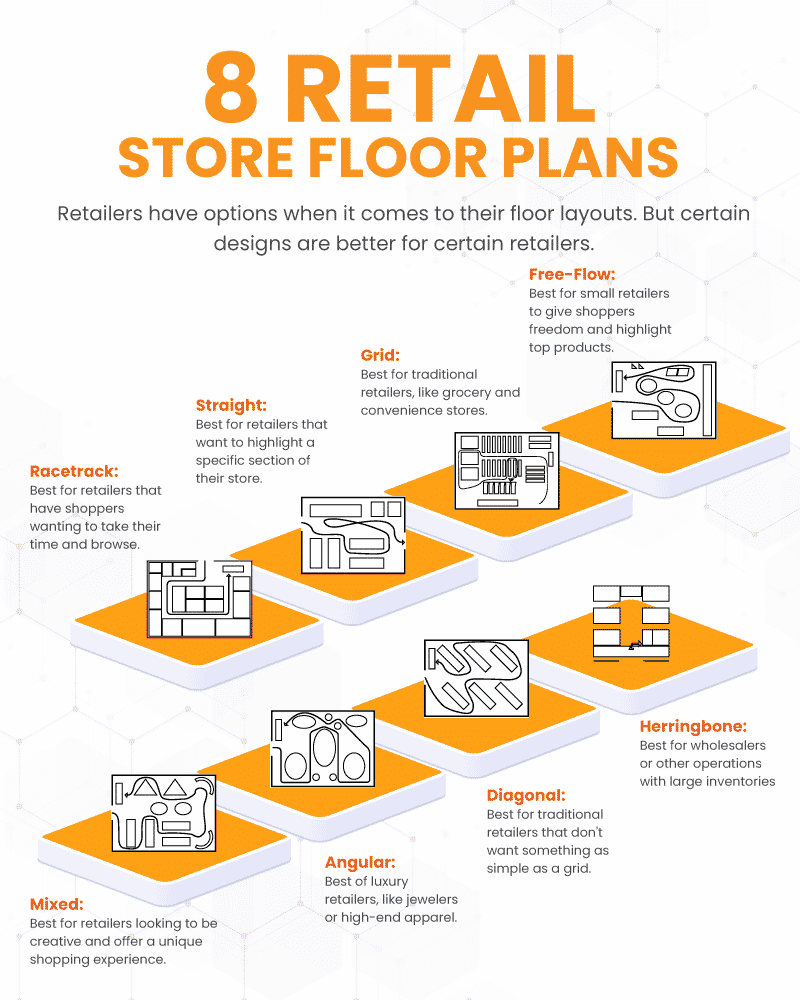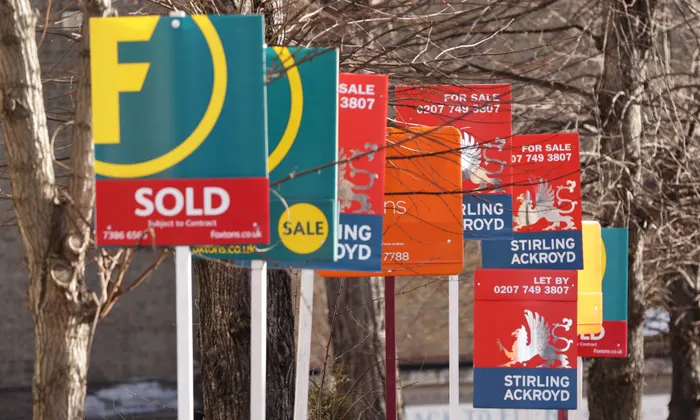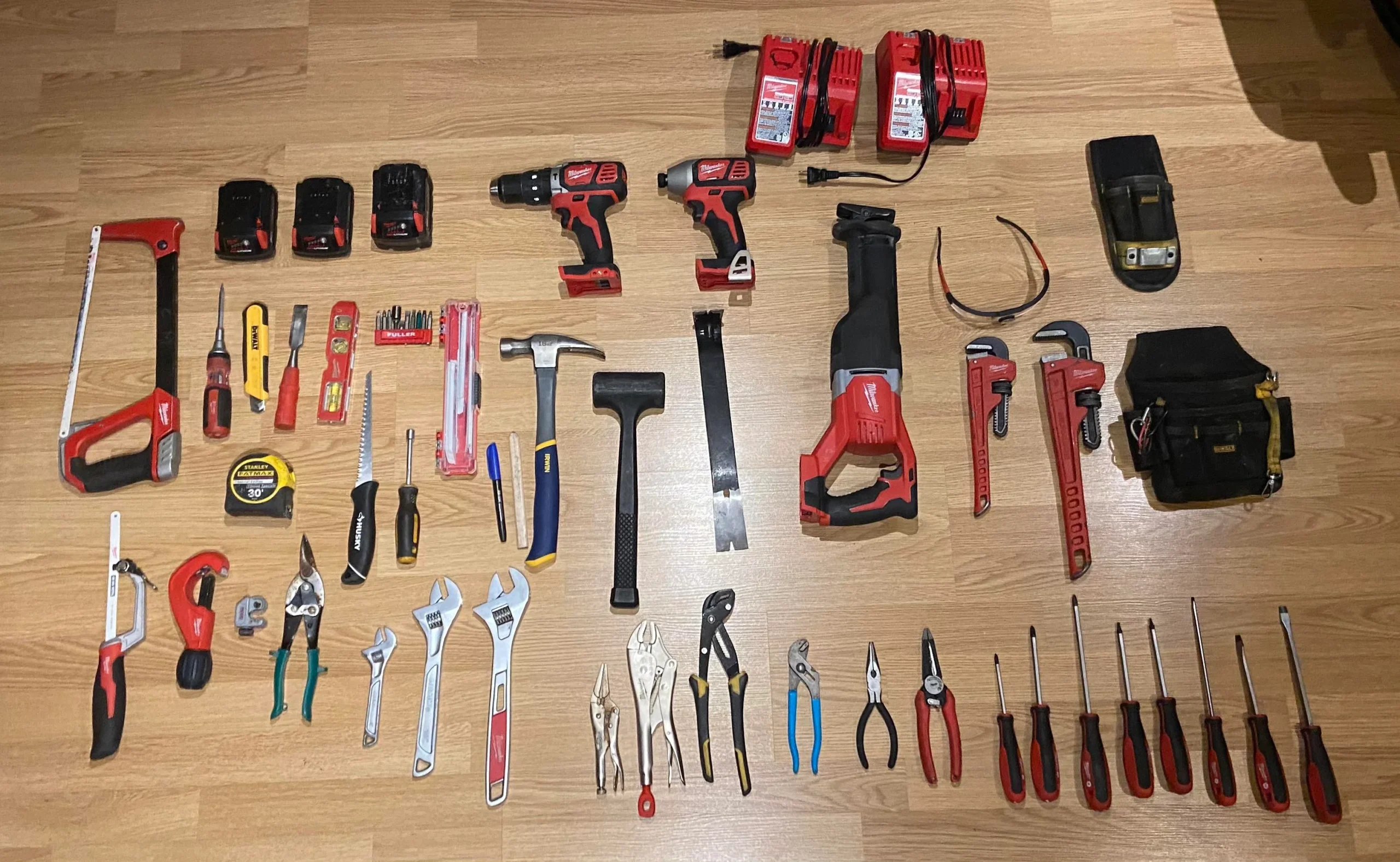In the ever-evolving landscape of retail, space is not just a physical constraint but a canvas for innovation. As urban areas become denser and real estate prices soar, retailers are finding creative ways to maximize their square footage without expanding their footprint. This shift towards vertical expansion is not just a trend but a strategic move to redefine retail layouts and enhance customer experiences. This article explores how businesses are growing upwards, transforming the traditional shopping environment into dynamic, multi-level spaces that offer more than just products.
The Rise of Vertical Retail Space
The concept of vertical retail has been around for decades, primarily seen in towering department stores of the past. However, today’s approach is vastly different. Modern retailers are adopting a more nuanced strategy, focusing on creating immersive experiences at every level. This upward expansion allows for the segregation of spaces based on themes, brands, or product categories, making the shopping experience more organized and engaging for customers.
Benefits of Vertical Expansion
One of the most significant benefits of vertical expansion is the increased floor area without the need for additional land. This not only reduces rental costs but also minimizes the environmental footprint of retail operations. Moreover, vertical spaces allow for a more creative display of merchandise, enabling retailers to showcase their products in innovative ways that capture customer interest.
Challenges and Solutions
However, growing upwards comes with its set of challenges. Customer flow and accessibility become major concerns, as retailers must ensure that all levels are easily navigable and inviting. To address this, many businesses are incorporating escalators, elevators, and visually appealing staircases to enhance connectivity between floors. Additionally, the use of technology, such as interactive directories and mobile apps, helps guide customers through these vertically expanded spaces.
Case Studies of Success
Several retailers have successfully harnessed the power of vertical space to create unique shopping destinations. For instance, flagship stores in major cities often feature multiple levels dedicated to different product lines or experiences, from cafes and custom design services to event spaces. These vertically integrated stores not only increase foot traffic but also encourage longer stays, translating to higher sales volumes.
Incorporating Mezzanine Floors in Retail Design
An innovative approach to vertical expansion is the integration of a mezzanine floor. These intermediate levels can be retrofitted into existing spaces to add valuable square footage without the need for structural overhauls. Mezzanine floors are particularly useful in high-ceilinged retail environments, where they can serve as dedicated areas for specific product displays, lounges, or even art installations that enhance the shopping experience. By utilizing the vertical dimension, retailers can create more intimate and immersive zones within a larger space, making every visit memorable and engaging for customers.
The Future of Retail Layouts
As we look to the future, the trend of vertical expansion in retail is set to continue, driven by technological advancements and shifting consumer expectations. Augmented reality (AR) and virtual reality (VR) may soon play a role in guiding customers through multi-level stores, offering interactive experiences that blend physical and digital worlds. Furthermore, sustainability will remain a key consideration, with vertical designs incorporating green elements such as living walls and natural light to create eco-friendly shopping environments.
Conclusion
The retail industry’s move towards vertical expansion represents a significant shift in how businesses utilize space to create engaging customer experiences. By redefining retail layouts and embracing the concept of growing upwards, retailers can overcome the limitations of traditional floor plans and unlock new opportunities for innovation and growth. Whether through the strategic use of mezzanine floors or the integration of cutting-edge technology, the future of retail is looking up—quite literally. This evolution in retail design not only maximizes the potential of physical spaces but also reimagines the shopping journey as a multi-dimensional experience that excites and inspires.




